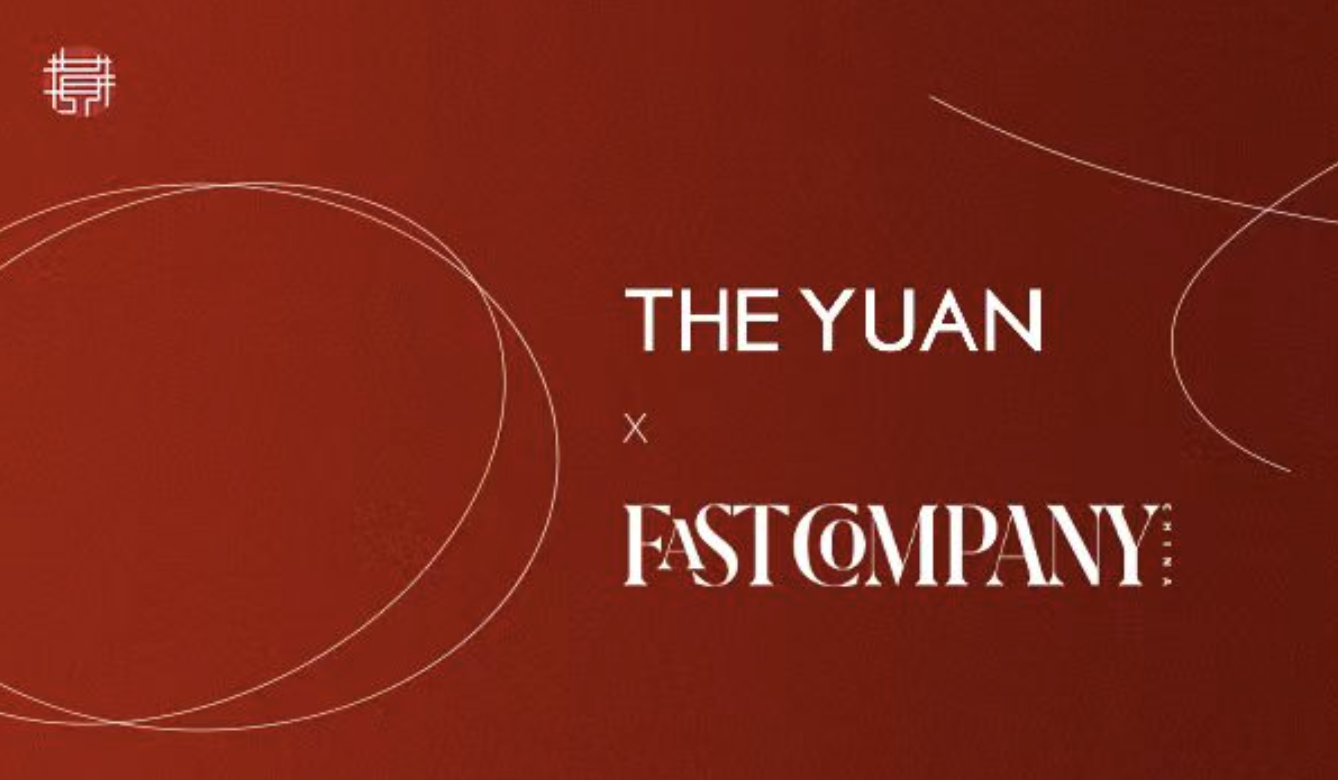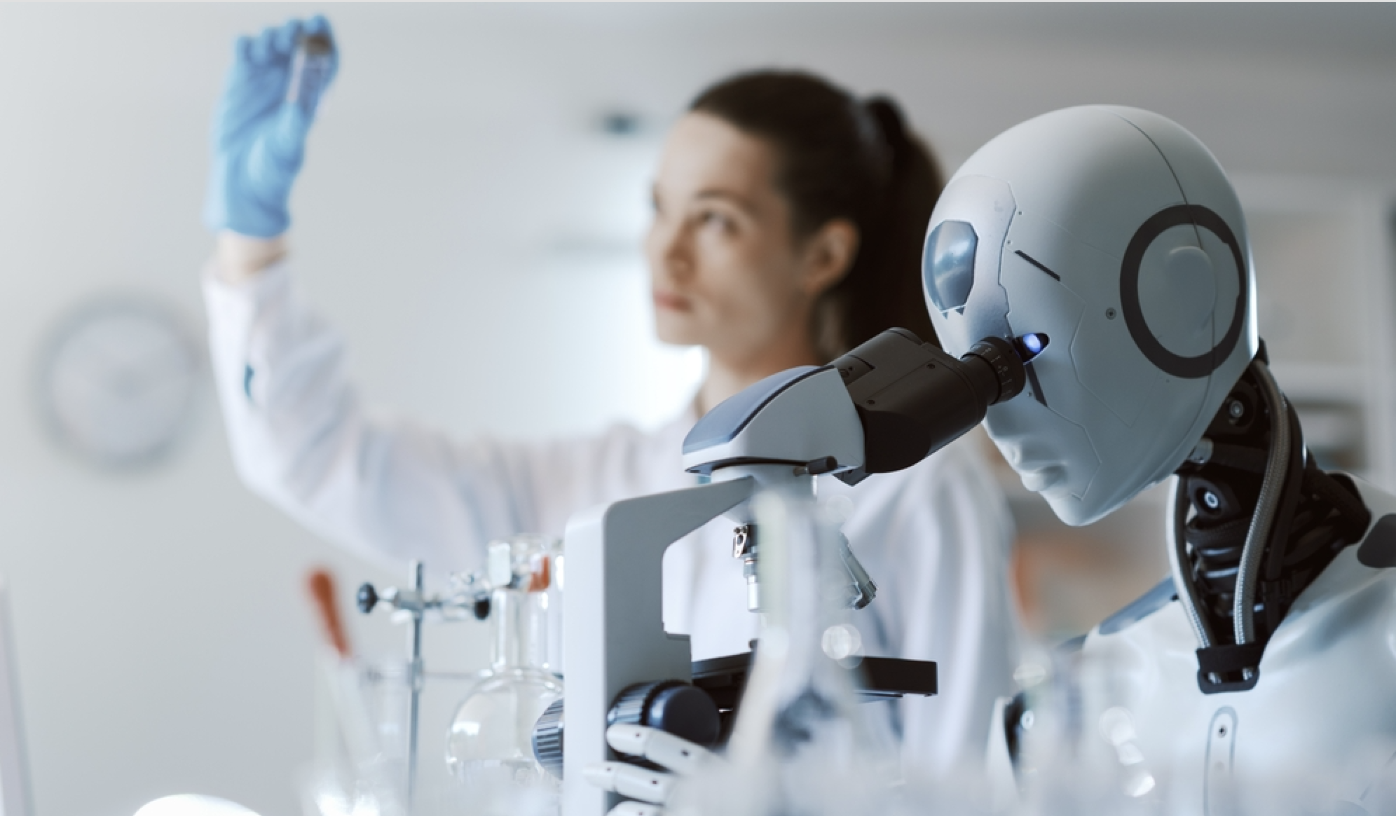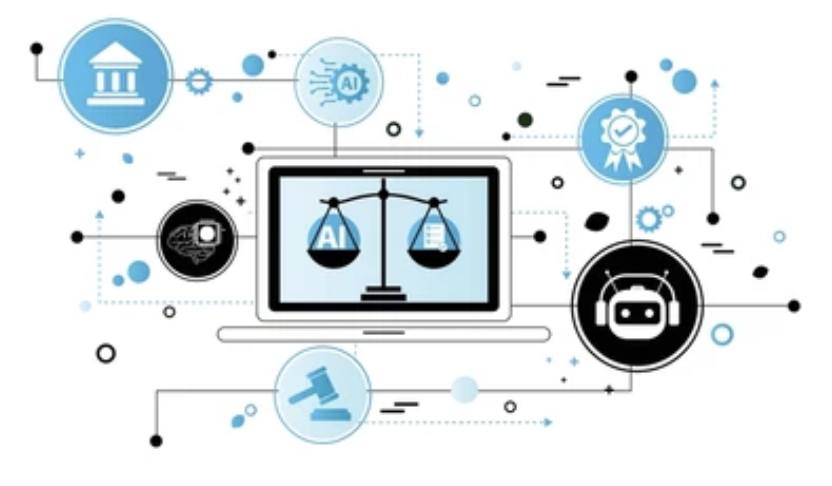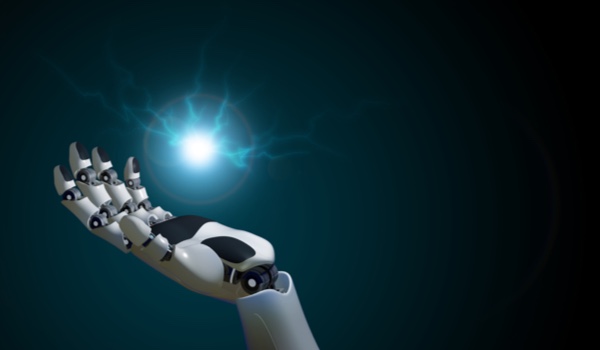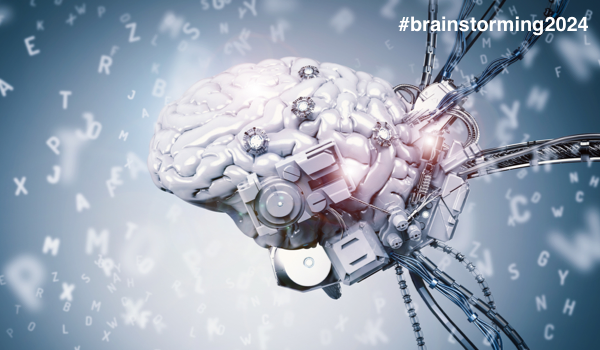


DEGGENDORF, GERMANY - The integration of quantum computing (QC) with artificial intelligence (AI) will revolutionize optimization, cryptography, and machine learning (ML) by accelerating computations and solving problems previously deemed intractable. This article seeks to separate hype from reality by describing QC’s applications in AI and explaining what QC is really about.
QC stands at the threshold of a computing revolution that promises to reshape humanity’s understanding of computation and its capabilities. At its core, QC harnesses the profound principles of quantum mechanics to process information in ways that defy some of the limitations of classic computing systems.
Unlike the binary bits of classical computers, quantum computers employ quantum bits - or qubits - that can exist in both the 0 and 1 states simultaneously due to a phenomenon known as superposition. This is completely different from traditional computing, in which the fundamental unit of classic computing - the bit - can only represent either a 0 or a 1 at any given time. The unique property of superposition gives quantum computers the ability to achieve a high level of parallelism, as they can work on many possible states at the same time. Even combining just 10 qubits makes it possible to work on 2^10=1024 states in parallel! That degree of parallelism comes with the hope that quantum computers might perform certain types of calculations at unprecedented speeds and efficiency.
Additionally, qubits possess another intriguing quality called entanglement, wherein the state of one qubit becomes intrinsically linked with that of another, regardless of distance. This phenomenon allows for the transmission of information instantaneously, offering a potential breakthrough in secure communication and data transfer. Scott Aaronson, an American theoretical computer scientist, wrote a book that provides a broad and deep discussion of QC - includin
The content herein is subject to copyright by The Yuan. All rights reserved. The content of the services is owned or licensed to The Yuan. Such content from The Yuan may be shared and reprinted but must clearly identify The Yuan as its original source. Content from a third-party copyright holder identified in the copyright notice contained in such third party’s content appearing in The Yuan must likewise be clearly labeled as such. Continue with Linkedin
Continue with Linkedin
 Continue with Google
Continue with Google







 760 views
760 views


